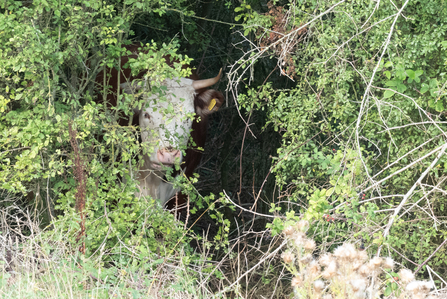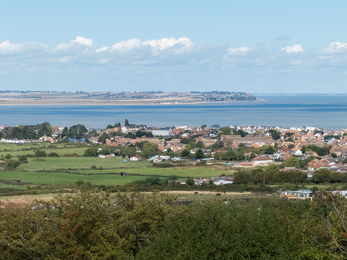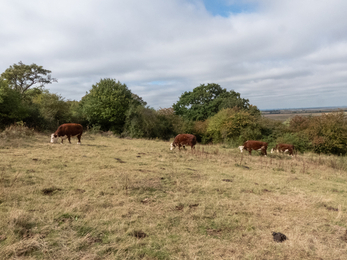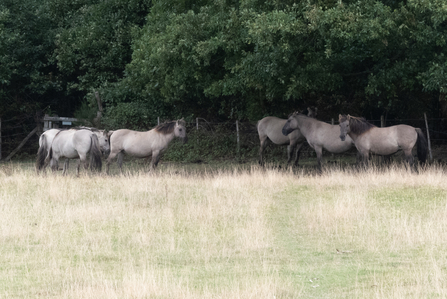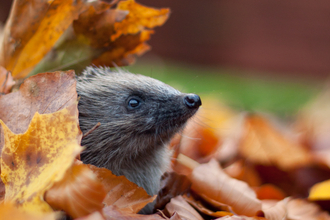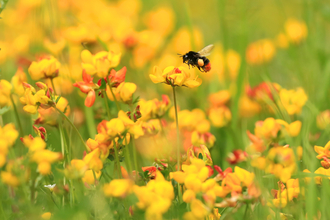Since April 2017, I have spent part of every Tuesday (except holidays) out and about with goats, cows and Konik ponies and I love it! Luckily, my volunteer task is flexible, meaning there is no fixed time to be onsite, so if it’s raining in the morning with a promise of a better afternoon then I can put off going out until the weather clears up.
I lived most of my life in the inner London Borough of Wandsworth so the only ‘livestock’ I came across were domestic pets. There were the magnificent shire horses which were used to deliver beer to the local pubs from the Youngs Brewery. The baker also had a horse-drawn van until the 1960s but that was it so far as ‘exotic’ animals were concerned. I moved to the coast in 1997 and immediately fell in love with the countryside – the real countryside.
I retired in 2016 and spent a lot more time walking in West Blean Woods then I saw an advert on the Kent Wildlife Trust website for livestock checkers and thought ‘what could be better?’. The ‘job’ entails visiting a site where Kent Wildlife Trust has livestock helping to manage the land by grazing/browsing and checking that the correct number of whatever livestock are present, as well as making sure that they are not showing any obvious signs of injury or illness. A livestock checking course that I attended also gave more detailed information about various problems that different livestock species may be prone to and how to spot them.
